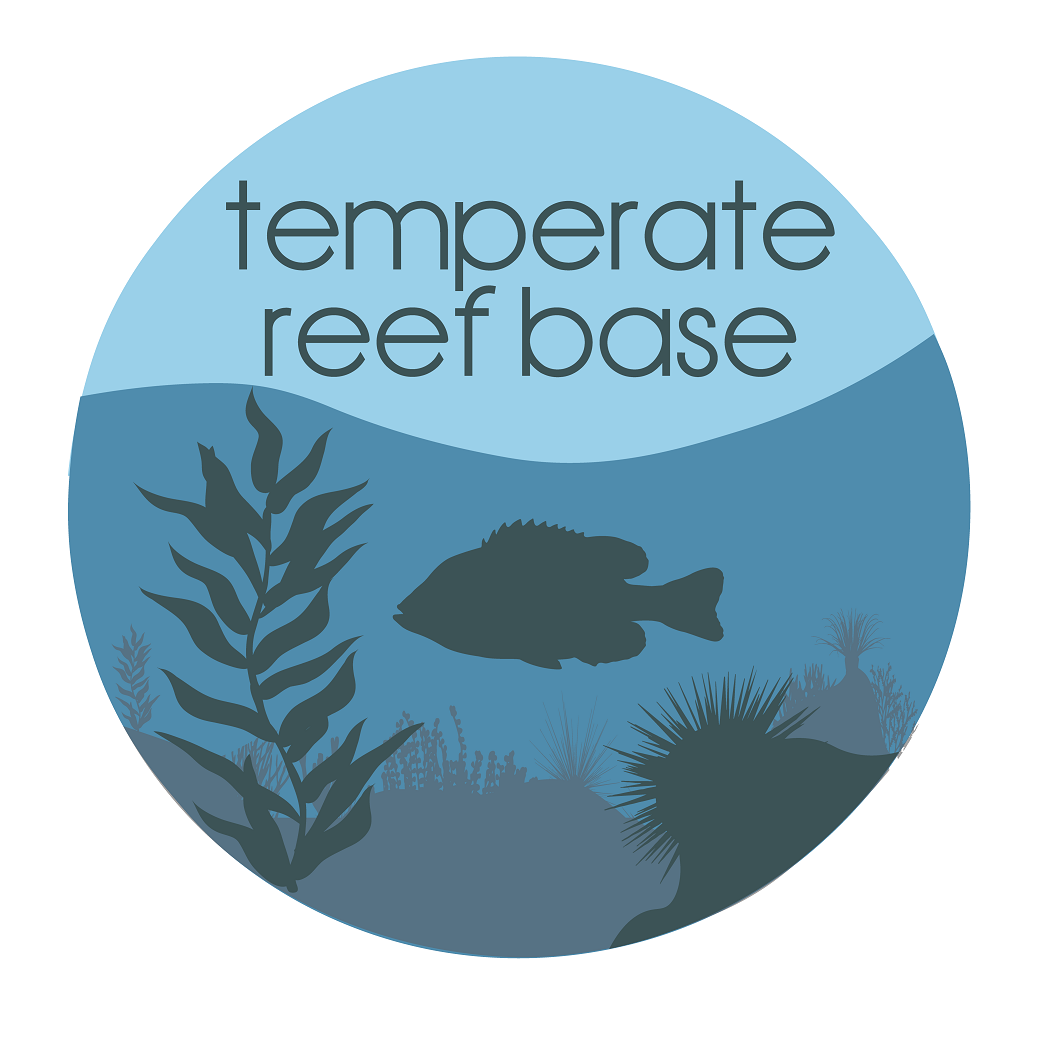FISHERIES
Type of resources
Topics
Keywords
Contact for the resource
Provided by
Years
-
In fishing trials, the short term survival rates for hook caught flathead (Platycephalus bassensis in Tasmania and P. fuscus in Queensland) were examined to determine critical factors affecting post-release survival. Biological information (size) and hooking location/damage were recorded and fish held for several days in aquaria to assess survival rates. In order to relate hooking location and catch rates for a range of hook types (including circle hooks) structured fishing trials and volunteer fishers (using a diary system) provided information on fish size, hook type and hooking location.
-
Gillnet fishing trials at a number of sites off the east coast of Tasmania have been undertaken to collect samples of the banded morwong, which are characterised based on size, age, maturity stage and sex structure. Otoliths are sectioned for age determination. The dataset comprises a major component of work carried out from the beginning of 2001 and available historic data (1995 to 2000) have also been uploaded into this database to provide a complete dataset. See attached reports for further information.
-
The main aim of this research program was to determine the potential for reducing the density of urchins to encourage the return of seaweeds and an improvement in urchin roe quality and quantity from remaining urchins. Tasmanian Sea Urchin Developments used two widely-separated sub-tidal experimental lease areas. One of these areas was at Meredith Point, on the east coast, and the other at Hope Island, on the south coast. Both sites had been subject to some overgrazing by urchins. At Meredith Point, the study area was divided into plots containing urchins at three densities: artificially enhanced, continually harvested and control (undisturbed). At Hope Island, controlled clearings of urchins and limpets from barrens areas were conducted. Recovery of vegetation was monitored as well as urchin roe quality and quantity. The data represented by this record was collected at Meredith Point.
-
Quantitative surveys were undertaken at four sites in the Kent Group, north eastern Tasmania (southern and northern shores of East Cove at Deal Island, Winter Cove at Deal Island, NE coast of Dover Island) by divers using underwater visual census methods to survey the reef habitat.
-
The effect of barrens formed by the long spined sea urchin, Centrostephanus rodgersii, on the standing stocks of southern rock lobsters (Jasus edwardsii) and black lip abalone (Haliotis rubra) was estimated by divers using underwater visual census methods to compare lobster and abalone abundance in barrens with that in adjacent kelp habitat. Abalone (H. rubra) and rock-lobster (J. edwardsii) populations were compared on C. rodgersii barrens and in adjacent algal-dominated habitat at the same depth and on the same substratum type at three sites in eastern Tasmania (Elephant Rock:Binalong Bay, St Helens Is, and Mistaken Cape:Maria Island). At Elephant Rock and St Helens Island , the barrens are extensive and well established Type 1 barrens, while at Mistaken Cape the barrens in 8-14 m are incipient Type 4 barrens, comprising small barren patches in the algal bed (see FRDC report for classification of barren types). Note that while there are extensive barrens in deeper water (>18 m) at Mistaken Cape, at these depths working time is limited and it was difficult to locate intact macroalgal beds on equivalent substrata.
 TemperateReefBase Geonetwork Catalogue
TemperateReefBase Geonetwork Catalogue